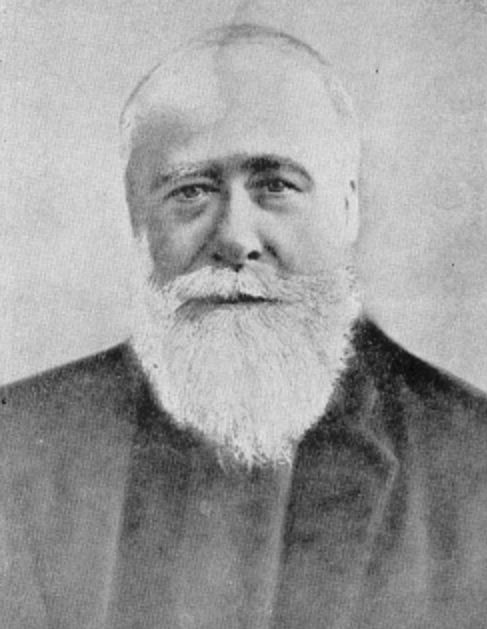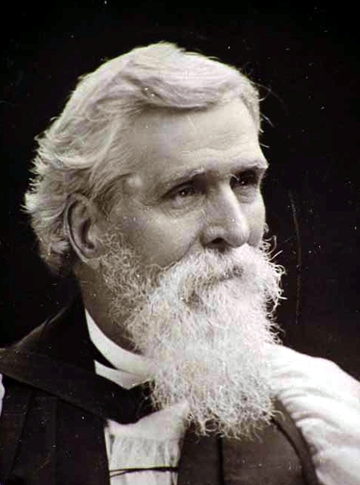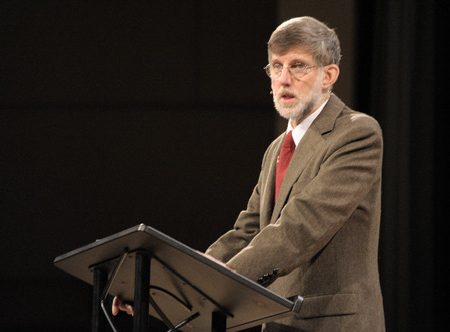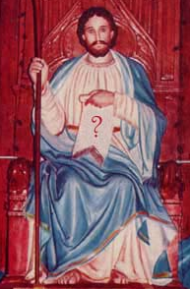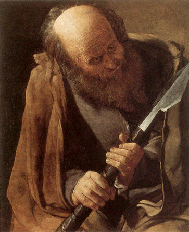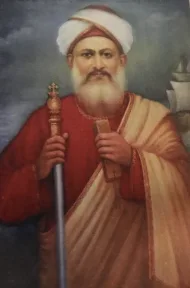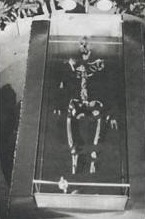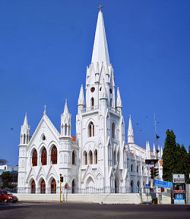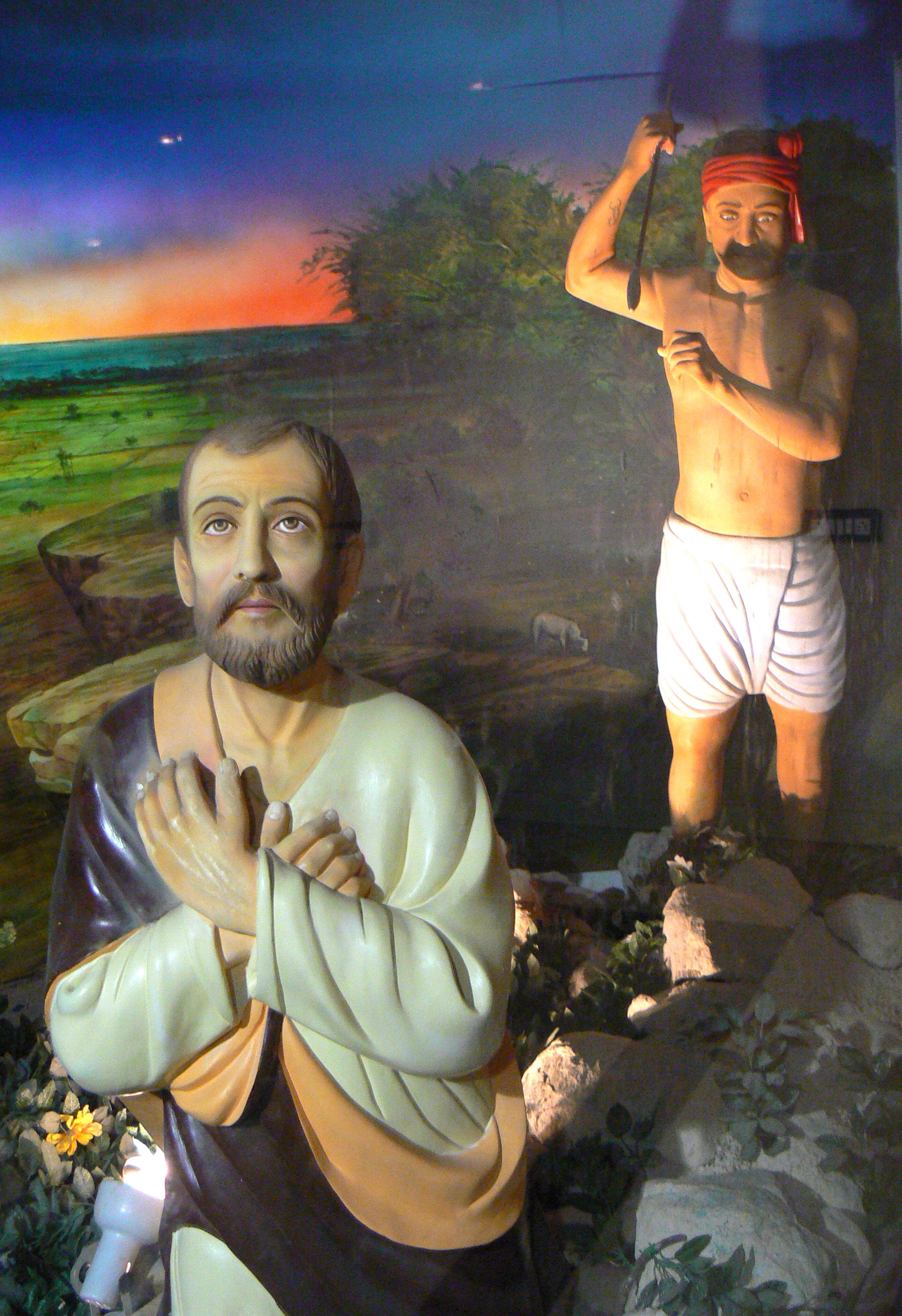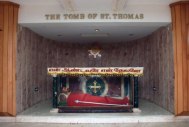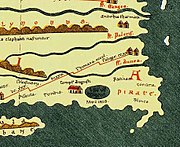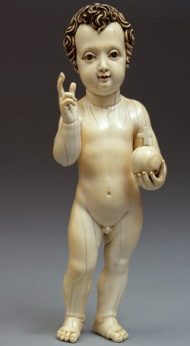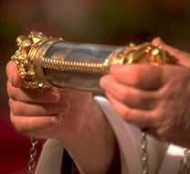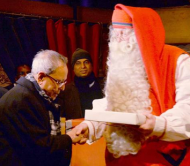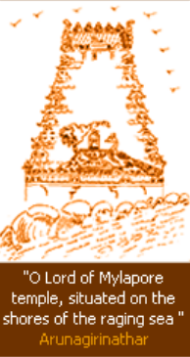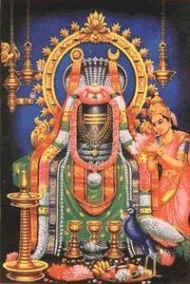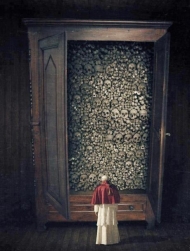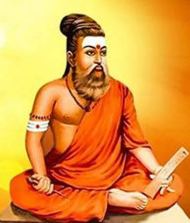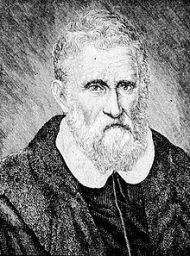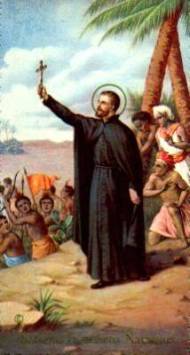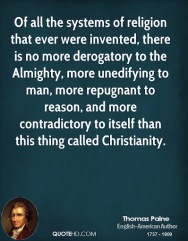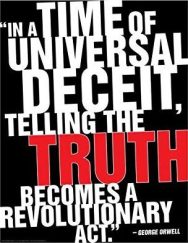“History is always written by the victors and whoever controls the writing of history books control the past. Without doubt, the most consistently powerful force in the western world over the last two thousand years has been the Roman Catholic Church and consequently history has often been what it wanted it to be.” – George Orwell in 1984
As rightly expressed in the immortal words of George Orwell, the Indians have been fed with distorted history by the Western Christian elite before independence and the same has been continued even after independence, thanks to the takeover of the nation’s history by the Marxists and Christian stooges, who continued the dark and sinister legacy of Max Mueller and Macaulay. As an important part of the perverted history, which was planted by the Western scholars, the so-called St. Thomas’s arrival, life, and death were thrust on South India. This thrust gave a solid foundation to the Church to claim as if Christianity was also an indigenous religion.
Many attempts have been made at regular intervals to impose the concocted history of Thomas on the people, thereby removing the facts from their minds about the persecution of Hindus and destroying of Hindu temples by the Christian invaders (Portuguese, French, and British) from the fifteenth century onwards.
One such attempt, in the line of Arulappa and Acharya Paul, was made by a writer by name Dr. M. Deivanayagam, who wrote a book titled, Vivliyam, Tirukkural, Shaiva Siddantham Oppu Ayvu (Bible, Tirukkural, Shaiva Siddhanta Comparative Research), which was published in 1985-86 by none other than the International Institute of Tamil Studies, Adyar, Madras, either without any application of mind, or, as a deliberate act of connivance. Shockingly Deivanayagam was also awarded a doctorate by the University of Madras. Deivanayagam had predetermined to conclude his book with a finding that Tiruvalluvar was a Christian and a disciple of the so-called St. Thomas and most of the Shaiva Siddantha and the vivid knowledge found in Tirukkural were nothing but the sayings of the Bible. In order to achieve this devious motive, he distorted and misinterpreted the verses of Kural and Shaivite philosophical works and completed the book. Later on, Tamil and Shaivite scholars protested against this and the Dharmapuram Adheenam, a famous Shaivite monastery, came out with a book of refutation written by Tamil Shaivite scholar Arunai Vadivelu Mudaliar and released it amongst a congregation of three hundred eminent scholars, who strongly criticised Deivanayagam for his perversion of history. This was done mainly to prevent the usage of such deceitful materials by the future generations for research activities.
The planting of the so-called St. Thomas story was not only to establish a foundation for Christianity in India, but also to spread it throughout the country. This fabrication succeeded slightly, over the years, in the areas of Madras, Nagapattinam and Pondicherry, mainly because of the fact that the Kapaleeshwara Temple, Mylapore, Vel Ilankanni Amman Temple near Nagapattinam and Vedapureeshwara Temple, Pondicherry were destroyed and Santhome Basilica, Velankanni Church (Our Lady of Health Basilica) and the Cathedral of Our Lady of the Immaculate Conception, Pondicherry were built on their remains respectively. Well known scholars of archaeology have established that, the details of the destruction of original Kapaleeshwara Temple could be found in Tamil inscriptions on the walls of the Marundeeswarar Temple in Thiruvanmiyur, Chennai, even today!
But, the glorious religious tradition and cultural heritage of Sanatana Dharma had been so hugely established that, despite the cooperation from the Dravidian racists, Marxists and the English language media, the Catholic Church couldn’t expand beyond a certain limit. As a result, it started indulging in inculturation methods (dressing in Hindu ochre, pada yatra, calling Santhome Mary as “Thirumayilai Annai”, giving sugar-rice as prasad, etc.) to confuse and win over the gullible masses.
At this juncture, there fell on the Indian Catholic head like a bolt from the blue, the categorical statement from Pope Benedict that the so-called St. Thomas had never ever visited India! This resounding statement from the Papacy, which shocked the Catholic community, had shaken the very foundation of Christianity in South India. As the Papacy didn’t bother to listen to the Indian Catholic community and their protests, the Madras and Cochin bishops met in Cochin, Kerala during the second week of June 2008, to find out ways and means of re-establishing the history of the so-called St. Thomas.
As a step in that direction, the Archdiocese of Santhome, Madras, decided to produce a feature film on the so-called St. Thomas the Apostle of India, at a cost of Rs 50 crore under the banner of the St. Thomas Apostle of India Trust, which has Archbishop A.M. Chinnappa, Deputy Archbishop Lawrence Pius, Treasurer of the Diocese Mr. Ernest Paul and Script Writer Dr. Paulraj Lourdusamy as office bearers. The movie will be presenting the life and times of the so-called St. Thomas in South India in general and Madras in particular. The film will have certain supposedly important events like the alleged meeting between Thomas and Tamil sage Tiruvalluvar, the establishment of San Thome Cathedral and the alleged killing of Thomas by a Hindu Brahmin priest.
The story of Tirukkural containing biblical verses was first concocted by G.U. Pope, a Christian missionary who learnt Tamil and translated the Tamil literary works such as Tiruvachagam, Naaladiyaar and Tirukkural in English. Missionaries like G.U. Pope, Constantine Joseph Beschi (who took the Tamil name Veeramamunivar) and Robert Caldwell have a modus operandi of learning the native language with a motive of distorting history to suit their missionary agendas. The Dravidian racist political party, which always thrived on the bogus Aryan Invasion Theory, took immense satisfaction in glorifying these missionaries by erecting statues for them along the Marina Beach in Madras when it ruled Tamil Nadu in the late sixties and early seventies, thereby exhibiting its unholy connection with Christian missionaries. No wonder, the chief minister Karunanidhi inaugurated this Rs 50 crore movie-magnum on the so-called St. Thomas!
G.U. Pope lived up to the true tradition of Christian missionaries, by telling that Tiruvalluvar lived in Madras between 800 and 1000 years after the birth of Christ! The Tamils never bought this story and laughed at it. As per the available records it is believed that Tiruvalluvar could have lived during the second century based on the evidence that Tirukkural was included in the literary group called Pathinen Keezh Kanakku (Eighteen Literary Works) during the Kadai Sangam (Last Sangam) days. Those days, there was a literary-grammatical procedure by which the author would always make it a point to convey to the readers the identification of his guru and patron apart from his own personal details such as name, native place, worshipping deity, etc. But Tirukkural is without such details, and hence, the connection between Tiruvalluvar and Thomas is a mere figment of imagination.
Whereas, a look at many other literary works written after the second century, say for example Kamba Ramayanam, or Periya Puranam, could lead to the mentioning of Tirukkural or its philosophy in them and yet none of them would have any information about a religion called Christianity. The glorious rule of Raja Raja Chola was during the tenth century and there was no trace of Christianity then! Also the San Thome Cathedral had the inscriptions of Rajendra Chola of the eleventh century on its corridor walls! Then what meeting is the Madras-Mylapore Archdiocese talking about between Tiruvalluvar and the so-called St. Thomas?\
Even chief minister Karunanidhi during his speech at the inauguration function, has not mentioned anything about the alleged meeting between Thomas and Tiruvalluvar. It is a well-known fact that Karunanidhi, himself being a Tamil scholar and well versed with Tamil literary works, had written his masterpiece Kuraloviyam on Tirukkural. As he had not talked anything about the connection between the Bible and Tirukkural or Thomas and Tiruvalluvar at the inaugural function of the movie, it becomes obvious that the Thomas story is an absolute falsehood! But, he has waxed eloquent on the supposed killing of the so-called St. Thomas at the hands of a Hindu Brahmin priest and went on to say that the particular scene alone is enough for the success of the movie. But for this also, the Church doesn’t have even an iota of evidence.
At this juncture, it can be recalled that Karunanidhi had recently questioned the truth of Bhagwan Rama, historicity of Ramayana and existence of Rama Sethu [the causeway that joins India to Sri Lanka], despite the availability of so much of archaeological, literary, cultural, numismatic, geographical and historical evidences. But, he has not exhibited the courage to question the historicity of the so-called St. Thomas, despite being aware of the fact that there is absolutely no iota of evidence. The chief minister, who is a well-known expert in Tirukkural, has unfortunately not felt it important to ascertain the truth of the so-called meeting between Thomas and Tiruvalluvar, but conveniently left it untouched at the inauguration function. Though the people are aware of the chief minister’s hostile stand against the majority community, it doesn’t augur well for him to openly pander to the minority community accepting their devious machinations.
The Archdiocese talks of three vital places in Madras namely Santhome (Mylapore), Little Mount (Saidapet) and St. Thomas Mount (Brungi Malai). While San Thome Cathedral stands on the ruins of Kapali Temple, Little Mount was also built after demolishing a temple and the church on the Big Mount (St. Thomas Mount) was also built on the ruins of a Shiva temple. The Big Mount was called as Brungi Malai named after Brungi [Bhrigu] Maharishi, who sat in penance there invoking Bhagwan Shiva seeking his darshan and blessing. Ultimately Bhagwan Shiva appeared before Brungi Munivar as Nandeeshwara and as clear evidence the Avudai Nayaki Sametha Nandeeshwara Temple stands near the St. Thomas Railway Station, from where one could see the Brungi Malai clearly. This stala purana (temple record) can be found in the form of inscriptions on the walls of the Nandeeshwara Temple even today! Even while the Archdiocese has been attempting to establish the fallacy of St. Thomas over the years, it has not exhibited the courage so far to face a public debate despite invitations from learned Tamil Hindu scholars.
The Madras-Mylapore Archdiocese has the freedom of expression and the freedom of religion to propagate its faith, but it cannot be done at the cost of other religious faiths. Freedom of expression and freedom of religion cannot be used to distort history, or Christianise the icons of other religions, with a motive of belittling the other faith, which is native in all respects and which has a well-established glorious religious tradition and cultural heritage spanning thousands of years even before the birth of Christianity. Thrusting of falsehood on the gullible masses cannot be allowed. It is not too difficult to understand the aims and objectives of the Madras Archdiocese behind this movie project. So, it would be better for them to understand the sensitivity attached with this project, as they have a social responsibility. The government must also ensure that history is not distorted and the people are not repeatedly fed with fabrications and fallacies.
It would be appropriate to conclude with the sensible and courageous words of Dr. Subramanian Swamy, “The church will have to go, and the Kapaleeshwara Temple re-built on that site. Hindus will do it with the help of sane and civilised Christians if possible, without them if necessary, and despite them if forced. When 83 percent Hindus unite, let those who are seeking to debase Hindu icons by bogus history realise that a religious tsunami will wash them away.”
Politics has always been interwoven with religion and history in our nation of diversity and in such a scenario, it would be better to leave this project untouched, for the sake of Unity![1]
1. This article was originally called “‘Baptising’ Thiruvalluvar to ‘besiege’ Hindus!” and appeared on the News Today website on 7 July 2008.




